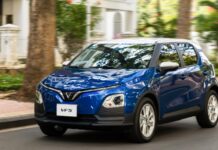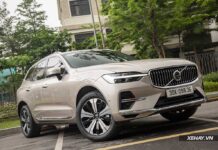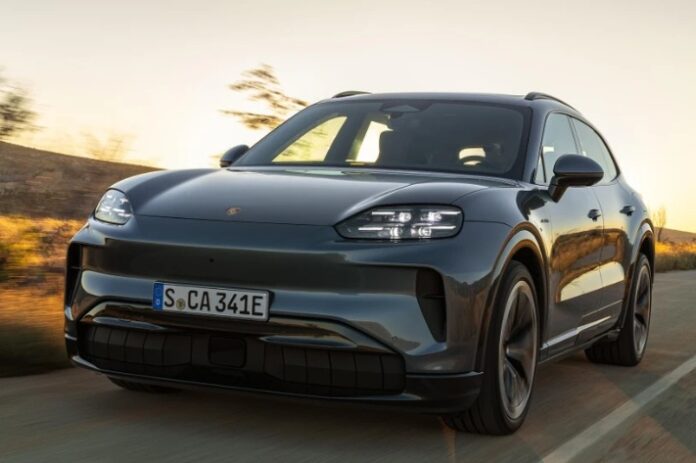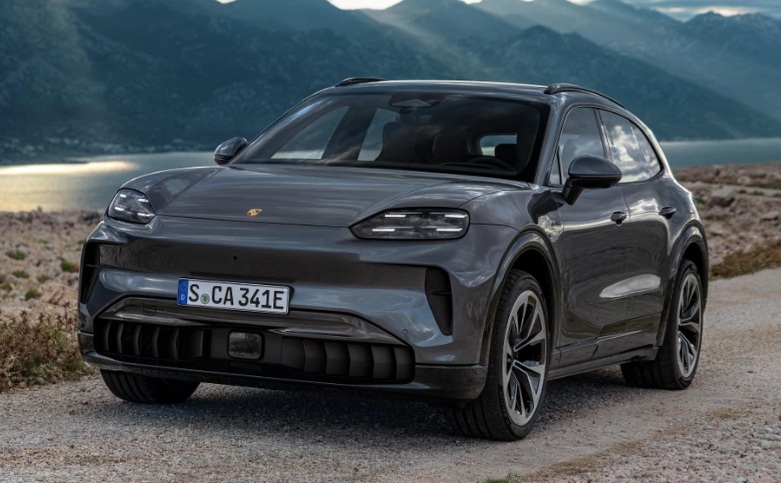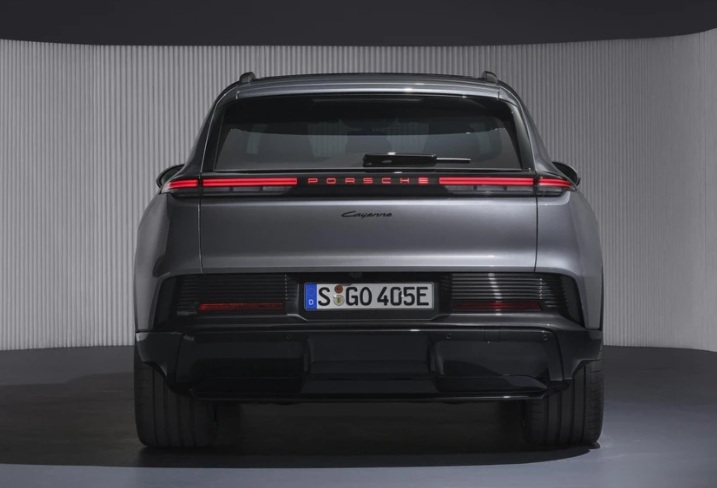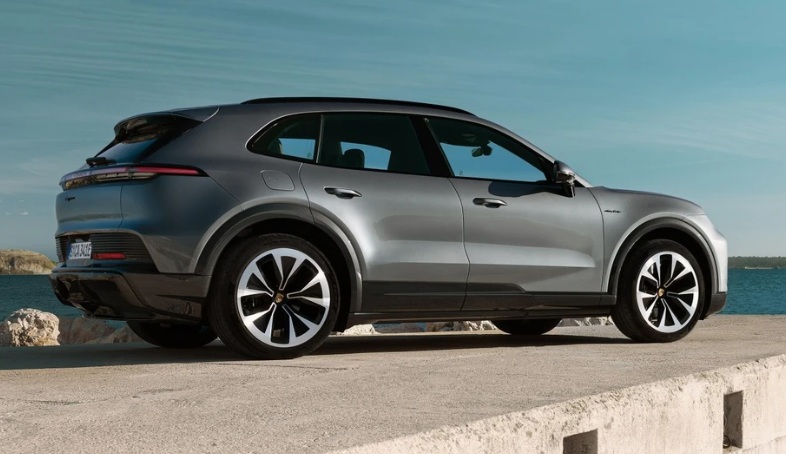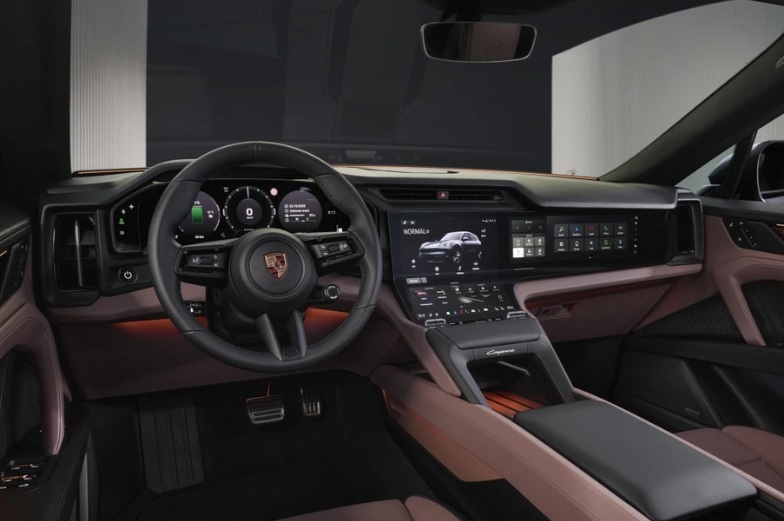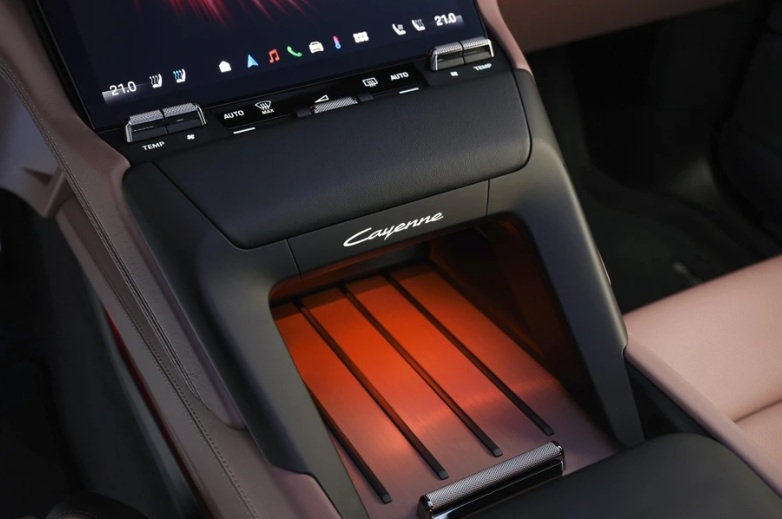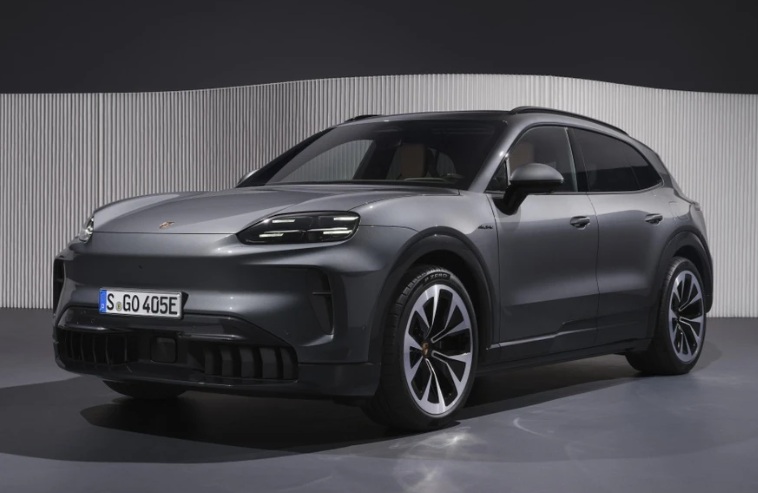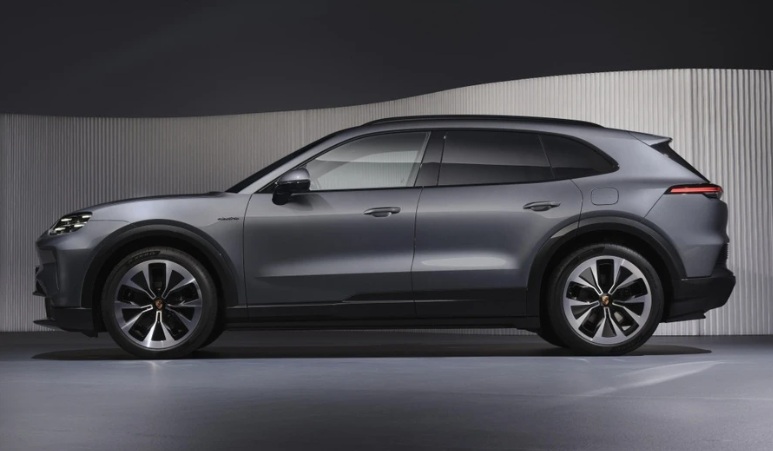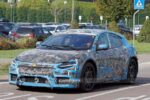Porsche continues to expand its all-electric lineup with the introduction of the Cayenne Electric, marking the brand’s third EV offering following the Taycan and Macan Electric.
The Porsche Cayenne EV debuts in two variants: Standard and premium Turbo, starting at $109,000, approximately 2.9 billion VND.
The arrival of the Cayenne Electric underscores Porsche’s accelerated electrification strategy, aimed at maintaining competitiveness amid shifting profit margins due to the industry’s transition to electric vehicles.
Compared to its internal combustion counterpart, the Cayenne Electric boasts larger dimensions: 4,985 mm in length, 1,980 mm in width, 1,674 mm in height, and a 3,023 mm wheelbase—an increase of 130 mm. This expansion enhances passenger comfort, particularly in the rear seats.
The Cayenne Electric retains Porsche’s signature design language while adopting a softer aesthetic inspired by the Macan Electric. The front fascia features a streamlined bumper with active air intakes for optimized aerodynamics. The lowered hood pairs with slim Matrix LED headlights, integrating all functions into a single module.
At the rear, a 3D floating LED light bar spans the width, incorporating dynamic lighting effects and an illuminated Porsche logo.
Customers can choose from 13 exterior colors, 9 wheel designs ranging from 20 to 22 inches, and extensive personalization options via Porsche Exclusive Manufaktur.
The Cayenne Electric’s interior is a digital sanctuary, featuring a 14.25-inch OLED instrument cluster, a center console display extending to the armrest, and an optional 14.9-inch passenger screen.
Porsche offers 12 interior configurations, 5 design packages, and 5 trim options. Alongside traditional leather, sustainable Race-Tex and classic Pepita fabric cater to eco-conscious buyers. Notably, physical controls remain in the center console for quick access, balancing tactile convenience with a sleek touchscreen interface.
The Turbo variant delivers 844 horsepower via dual front and rear motors in standard mode. A Push-to-Pass function adds 173 horsepower for 10 seconds via a steering wheel button. Launch Control unlocks a peak output of 1,139 horsepower and 1,500 Nm of torque.
Porsche claims the Cayenne Turbo Electric accelerates from 0 to 96 km/h in 2.4 seconds.
The Standard model’s dual motors produce 402 horsepower (435 hp with Launch Control) and 834 Nm of torque, achieving 0–96 km/h in 4.5 seconds and a top speed of 230 km/h.
Both variants feature a high-capacity regenerative braking system, recovering up to 600 kW. Porsche states that 97% of daily braking scenarios rely solely on regeneration, with optional PCCB carbon ceramic brakes available.
The 113 kWh battery supports 800V fast charging up to 390 kW. A compatible station charges from 10% to 80% in 16 minutes, with 10 minutes adding 325 km of range. Combined cycle testing yields a maximum range of 691 km per charge.
Standard air suspension with PASM is complemented by optional rear-axle steering (±5°), enhancing urban maneuverability and high-speed stability.
Porsche’s wireless charging technology, currently in development, achieves over 90% efficiency at a 12–18 cm ground clearance—a significant advancement for inductive EV charging.
The Porsche Cayenne Electric will be sold alongside internal combustion models, reflecting Porsche’s commitment to flexibility during the transition to electrification.
TH (Tuoitrethudo)
The All-New Isuzu D-Max EV: An Electric Pickup Ready to Challenge the Toyota Hilux and Ford Ranger Dominance
Isuzu has unveiled its new electric pickup truck, the D-Max EV, marking a strategic move towards electrifying the mid-size commercial vehicle segment. This exciting reveal showcases Isuzu’s commitment to innovation and sustainability in the automotive industry. With production based in Europe, the D-Max EV promises to be a game-changer, offering a sustainable and powerful alternative to traditional pickup trucks.
Unveiling the Electric Dream: A Ferrari Revelation
The highly anticipated debut of Ferrari’s first-ever electric vehicle is set to electrify the automotive world this autumn. The Italian supercar maker is pulling out all the stops with plans to unveil not just one but five new electric vehicles by 2025, marking a dynamic shift in the company’s offerings.










